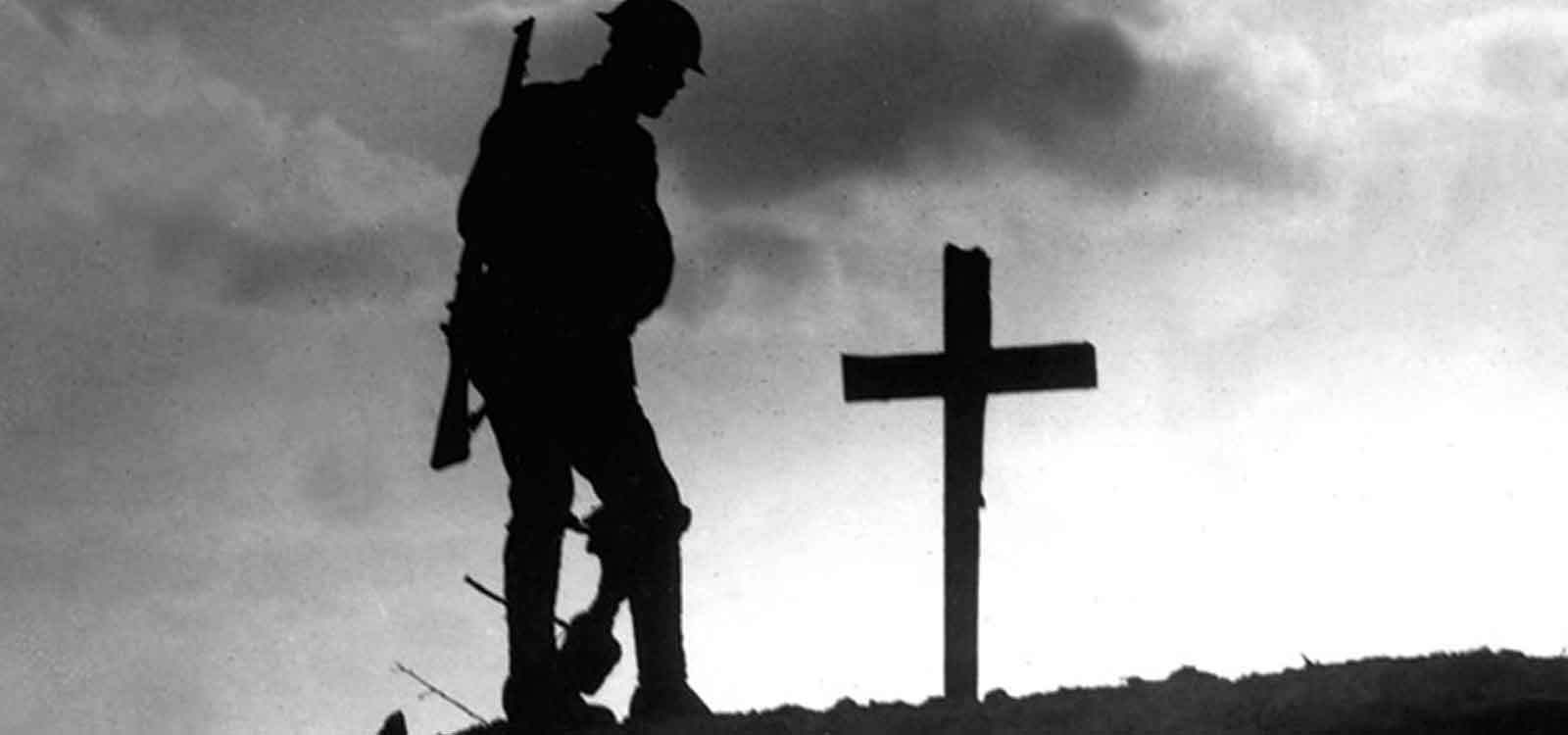
Second Lieutenant Vincent Waterfall was the son of Walter Francis Waterfall and Mary Figgins. He born at Caistor, Lincolnshire on the 25th of June, 1891 and Christened at St James’s Church, Grimsby, on the 4th of September.
The 1901 census records the family living at The Grange, Norton, Ecclesall Bierlow, Derbyshire. Walter, aged 53, born in Sheffield, was a retired civil engineer and steel manufacturer, Mary, aged 50, was born at Seal, Kent. Children recorded were, John, aged 19, a steel manufacturer’s clerk, Gordon, aged 6, a banker’s clerk and Alexander, aged 13, all born in Sheffield, Vincent, was aged 9. Also present was companion Sarah Hammond, aged 19, born in Northamptonshire, and servants Elizabeth Shepherd, aged 29, born at Loxley, Yorkshire and Edward Debenham, aged 49, Born at Redgrave, Suffolk.
In 1911, the family were living at Langdene, Burgess Hill. Vincent was the only child recorded and he was a “student army”. Sarah was still a companion. The only servant was seventeen year old Harriet Hollands, born at Burgess Hill.
After leaving school, Vincent went to Sandhurst, where he took a commission in the East Yorkshire Regiment on 26th January 1912. It was shortly afterwards that he took up flying, and he obtained his Flying Certificate, number 461, at the Vickers Flying School, Brooklands, on 22nd April 1913 and was seconded to the Royal Flying Corps, where he was attached to number 5 squadron.
He became involved in air racing and the Chelsea News and General Advertiser for the 5th of June 1914 records the aerial derby race at Brooklands and compares the aircraft and is worth recording some parts of it.
It records that the “astonishing Sopwith” is capable of flying at two miles a minute and that the pilot Howard Pixton handles the “almost appalling energies at his command” with great judgement and skill. Of Vincent’s mention, it records that he was flying “the big Martinsyde” which is a “fast machine of proven reliability”, it also says that he learnt to fly whilst with his regiment. Vincent had gained his flying certificate ,number 461, on the 22nd of April, 1913, whilst a 2nd Lieutenant, he learned to fly on a Vickers at Brooklands.
In the book History of British Aviation 1908-1914 by R Dallas Brett, he is referred to on a number of occasions as “Mr”, rather than his military rank, and it also records his flying as a test pilot with Vickers and, also, Martin and Handasyde, later shortened to Martynside. Vincent Waterfall, 2nd Lt. 3rd East Yorkshire Regiment, along with his Observer Charles George Gordon Bayly, Lt. 56th Field Company, Royal Engineers – both attached to No. 5 Squadron, Royal Flying Corps (RFC). [Vincent’s observer, Charles George Gordon Bayly, was himself a qualified pilot. He came from a military family, with a great uncle being none other than ‘Gordon of Khartoum.’ Charles joined 5 Squadron at the end of June 1914 and flew his machine to Amiens on 12th August when the RFC landed in France.]
Just before being posted to France, he ran into a spot of bother with local magistrates. The Surrey Mirror for the 14th of July 1914, under the heading “Speedy motorists”, records the case. Vincent, who was living at Byfleet, was found guilty for travelling on his motorbike at 30mph and for failing to produce his licence. He had been stopped by Inspector Bailey. In his defence, he said that he had been called to his air station at Netheravon, Wiltshire, at short notice and in his hurry to pack had forgotten to collect his licence. The Chairman told Vincent that he was “obviously careless”, adding that “…if he was careless in flying it will cost him his life”, he then fined Vincent £2, which was a large amount of money.
Vincent was posted to the BEF and his Medal Index Card records him disembarking on the 15th of August 1914, the card also records his address as 1, Belvedere Gardens, Brighton.
In the early hours of the 22nd August, he and his Observer, Lieutenant Charles Bayly, flew his first wartime reconnaissance sortie, in which he which reported seeing German troops on the Mons-Soigne Road and turning towards Silly. This was to be the opening stages of the Battle of Mons, the first engagement between the BEF and the German Army.
Vincent and Bayly returned to base, and later took off again, in Avro 504, serial 390, to observe the enemy troops. Flying low over German troops on the outskirts of Labliau village, near Enghien, Belgium, his aircraft was hit by small arms fire and crashed, killing both men and were the first officers of the RFC to be killed in the war.
Initially they were both buried in a shallow grave but were exhumed post war and buried in Tournai Communal Cemetery Allied Extension.
Vincent is remembered in Burgess Hill churchyard, West Sussex, on the grave of his parents Walter Francis who died on the 13th of March 1915 and Mary who died on the 18th of January 1927 aged 77.

